Are you ready for some rocket fuel? Because with the new Glaxon Hybrid, that’s what you’ll be getting. The company behind some wickedly strong pre workout supplements (eg Specimen and Specimen G.F.Y) wants to kick your energy up yet another notch – and today they’re showing the world how it’s done.
Hybrid employs the incredibly high-bioavailable D form of BHB salts, providing an incredible burst of ATP-boosting cellular energy to any kind of dieter. Glaxon’s use of this form of BHB brings an incredible ketone boost, more than what you’ll see in lower-quality, cheaper BHB supplements found online.
In addition, unlike most many other companies using these ingredients, Glaxon’s not afraid to include a few carbohydrates — but they come in the form of ATP-boosting Ribose, a critical part of the cell’s energy equation.
So whether or not you’re running on glucose, ketones, or a mixture of both, you can get some serious energy and endurance from the Glaxon Hybrid. We have the details below, after you check out our PricePlow alerts:
Glaxon Hybrid – Deals and Price Drop Alerts
Get Price Alerts
No spam, no scams.
Disclosure: PricePlow relies on pricing from stores with which we have a business relationship. We work hard to keep pricing current, but you may find a better offer.
Posts are sponsored in part by the retailers and/or brands listed on this page.
Note that this is a new formula. Older tubs say “Nootropic Keto-Carb” on them and are listed in our Glaxon Nootropic Keto-Carb page, while the newer tub discussed below says “Nootropic Endurance Fuel” on it.
Glaxon Hybrid Ingredients
Below is what you get in each 13 gram scoop of Hybrid:
-
D-Beta Hydroxybutyrate (Magnesium and Calcium Salts as goBHB) – 5000 mg
D-Magnesium Beta Hydroxybutyrate and D-Calcium Beta Hydroxybutyrate are the key components to Glaxon Hybrid, and are also known as BHB salts. These are the ketone bodies generated when fat is oxidized when in a state of ketosis, supplying an incredibly effective energy source that serves as an alternative to glucose,[1] yet has fewer calories than fat (we estimate roughly 4-5 calories per gram of BHB).
Important to note the ‘D’ moniker on these salts, denoting the right-handed isomer that is more biologically active than the left-handed one — most BHB supplements include a 50/50 (“racemic”) mix which is not nearly as effective as these D (sometimes also called “D/R”) forms that the body uses itself.
Research has shown that D-BHB supplementation dramatically increases beta-hydroxybutyrate in plasma,[2] adding more fuel to low-carb dieters, or an alternative fuel source to “sugar burners” who like to utilize glucose as well.
When ketones are able to be utilized, metabolic flexibility is increased, and that can improve performance and endurance since fat oxidation becomes easier and more accessible.[3]
Functional as a nootropic
Going further, research shows that when blood ketone levels increase, the brain uses them preferentially![4,5] Built with incredible redundancy, our organs are generally “omnivores” in that they can utilize both glucose and ketone bodies, but researchers are finding therapeutic “energy rescue” situations where ketone bodies work best,[4] especially when the body becomes insulin resistant.
For this reason, ketone supplementation (and ultra low carb diets) are more frequently being used in patients of neurodegenerative diseases.[6-8] Many scientists are now calling these diseases “Type-III Diabetes”,[9,10] implying a level of insulin resistance in the brain.[11] Ketones work around the glucose mechanisms, improving the brain and body’s energy crisis.
Mechanistically, we’ve seen high BHB levels increase brain derived neurotrophic factor (BDNF),[12] critical for the formation of memories. Memory-impaired adults have improved memory recall and cognition with increased BHB (achieved via MCT intake),[13] and BHB has been shown to be neuroprotective.[14]
There is a lot of research on life extension as well — we’ve seen D-BHB extend the lives of C. elegans nematodes.[15] While this is a fascinating area of research to follow, we’re here mostly for the potential performance gains and brain fuel!
Beta Oxidation of fatty acids leading to Ketogenesis. Note that D-BHB is the primary ketone made, but we were highlighting acetone for another blog post. We can add more D-BHB for training, since this fat burning process is slower than that of just drinking our fuel.
Our main point here is that this ingredient is not just for low-carb dieters. If you’re an athlete, consider mixing this with your carbohydrate source and see if you can feel the dual rocket fuel that is generated. The best way to supplement it is with the D-form, which we argue is twice as active as the cheap “L”-based supplements you may be finding online.
A final note: these provide a lot of calcium and magnesium. You may not need to take as many magnesium supplements when using Hybrid — let your GI tract dictate that matter.
-
D-Ribose – 2000 mg
Need to make some more ATP? Then D-Ribose is a carbohydrate source you want to have around!
Ribose is a type of carbohydrate used as a substrate for the creation of adenosine triphosphate, so it’s often called “molecular currency” because of its importance in intracellular energy transfer.[16] ATP is literally made of ribose combined with adenosine and phosphate, so why not have more around if you’re trying to generate more cellular energy?
Technically speaking, D-ribose is a pentose sugar since it has five carbon rings, and can be generated endogenously (via the pentose phosphate pathway), but that can run into limits if there are constraints on a potential bottleneck enzyme named glucose-6-phosphate dehydrogenase.[16]
The solution is to take some exogenously, as we have here in Hybrid. And that makes great sense for a sports nutrition based company, since ribose is often touted to promote athletic endurance while reducing cramping, pain, and stiffness post exercise.[17]
For those of you here who are really watching the glucose levels, note that we only have two grams here, which isn’t a substantial amount for any carbohydrate source. But even more importantly, research has shown that ribose has a far less impactful blood sugar effect than maltodextrin, yet still restores muscle glycogen at a similar rate.[18]
-
Inulin – 1250 mg
Inulin is a soluble fiber that doesn’t get digested in the small intestine, and instead functions as a prebiotic.[19] As a prebiotic, it’s nutrient that gets degraded by gut microbiota and feeds healthy bacteria.[20] The end products of that degradation are short-chain fatty acids (SCFAs) which get released into the bloodstream, helping both the GI tract and other organs, since short-chain fatty acids are incredibly therapeutic.[21] In fact, one of the short-chain fatty acids, butyrate, is oxidized by colonocytes to form ketone bodies,[21] further helping Hybrid come full circle.
Researchers published a meta-analysis at the end of 2019, analyzing 33 randomized controlled trials.[22] They determined that inulin-type fructans (abbreviated as ITF in the article) significantly reduce fasting blood glucose and insulin levels, improving HOMA-IR, a measurement of insulin sensitivity. However, they also recommended a daily dose of 10 grams to fully achieve such effects.[22] Ultimately, they concluded that this is a significant ingredient for metabolically broken dieters.
In addition, inulin adds some flavor support alongside those gut health and short-chain fatty acid benefits,[23] which never hurts! Great addition here, especially with more help coming from the FOS in the next ingredient:
-
Astrolyte Electrolyte Blend (Fructooligosaccharides, Sodium Chloride, Potassium Citrate, Magnesium Citrate) – 1235 mg
Astrolyte is Glaxon’s proprietary electrolyte blend that is used in several of their supplements, including their pre workouts (Specimen, Specimen G.F.Y, Plasm Surge) and even their sleep aid, Tranquility. It’s even its own supplement, as covered in our article titled Glaxon Astrolyte: Hydrating Electrolytes That Do More, which is where you can get the most information about it.
The Astrolyte blend includes key electrolytes in:
Glaxon Astrolyte bring hydrating electrolytes in style. In this article, we dig deeper into the added mineral absorption ingredient, fructooloigosaccharides.
- Sodium chloride (salt): indisputably critically important for muscle contractions[24] and athletics.[25]
- Potassium: immensely important for cardiovascular health[26-29] and maintaining bone mineral density via calcium retention.[30,31]
- Magnesium: useful for maintaining better insulin sensitivity,[31-33] blood sugar levels,[31-33] and lower blood pressure.[32,34-36]
However, the real interesting part is the inclusion of Fructooligosaccharides, also known as FOS. This is a unique water-soluble carbohydrate that can actually improve the absorption of other minerals, including but not limited to calcium, magnesium, phosphorus,[37,38] as well as iron and zinc.[39,40]
Like inulin described above, fructooligosaccharides have a prebiotic effect,[41] and a lot of research on inulin (cited above) also includes discussion of FOS.[22]
Also, like inulin, this is a sweet ingredient (about 0.3 to 0.6 times as sweet as sugar),[42,43] making anything with Astrolyte taste better too!
You can read more details in our main Astrolyte article.
Flavors available
It’s best used pre workout (stack with Specimen and/or Plasm Surge!), but you can use it anytime you’re needing a bit of clean energy.
If you were a fan of the original formula, look for tubs that state “Nootropic Keto-Carb” on them, and get them while they last. Those are listed in our original Glaxon Nootropic Keto-Carb page. The newer formula discussed above says “Nootropic Endurance Fuel” on its label.
Glaxon Hybrid: Not just a BHB Supplement
Glaxon knows no bounds, and they need no allegiance to any specific type of dieter. The team believes in science, innovation, and athletic performance above all else.
Unfortunately, too many athletes ignore BHB because they’ve been radicalized against it by certain zealous influencers, while too many low-carb dieters have been wrongfully maligned against any and all carbohydrate sources for similar reasons.
Fact of the matter is, a BHB supplement can help athletes of any kind of diet, and including a carbohydrate source like ribose is a brilliant idea no matter who you are. Ultimately, we’re looking for energy and ATP. Most users have their diets figured out, but including ribose next to BHB is a fantastic way to double down on high-energy training.
We commend Glaxon for sticking to their guns, and making an energy that performs, even if novice label-readers participating in the “diet war” may get offended. While they’re offended, we’ll be going longer and stronger with some BHB and ribose in Hybrid.
Glaxon Hybrid – Deals and Price Drop Alerts
Get Price Alerts
No spam, no scams.
Disclosure: PricePlow relies on pricing from stores with which we have a business relationship. We work hard to keep pricing current, but you may find a better offer.
Posts are sponsored in part by the retailers and/or brands listed on this page.
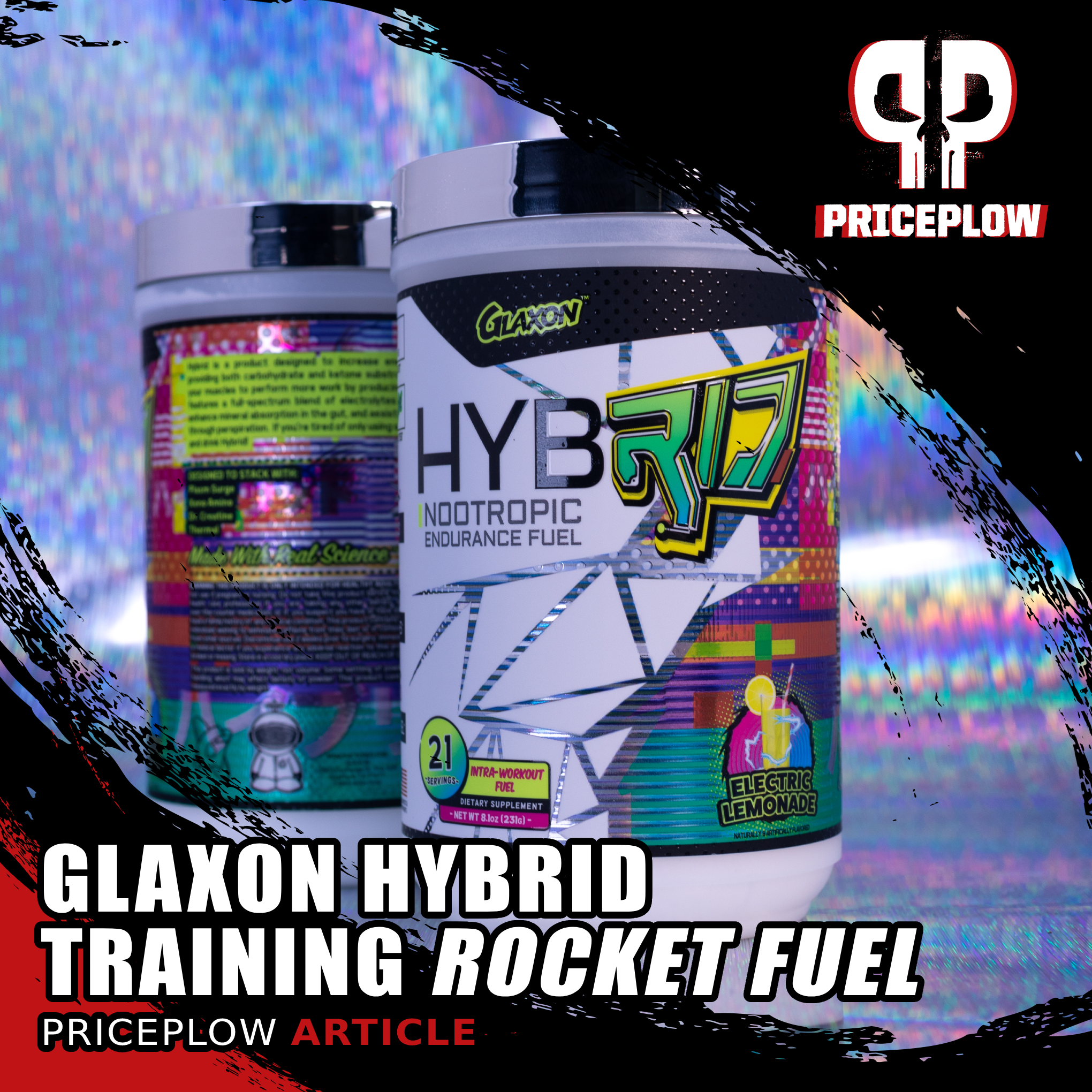
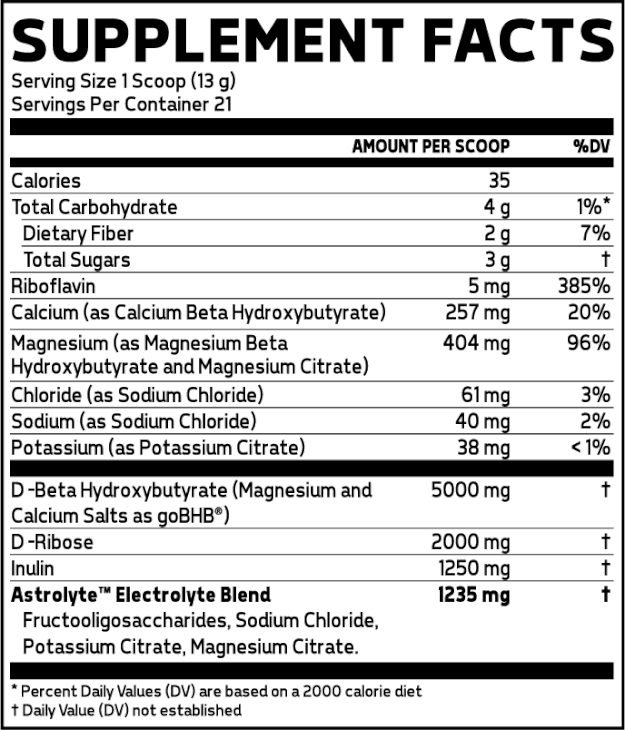

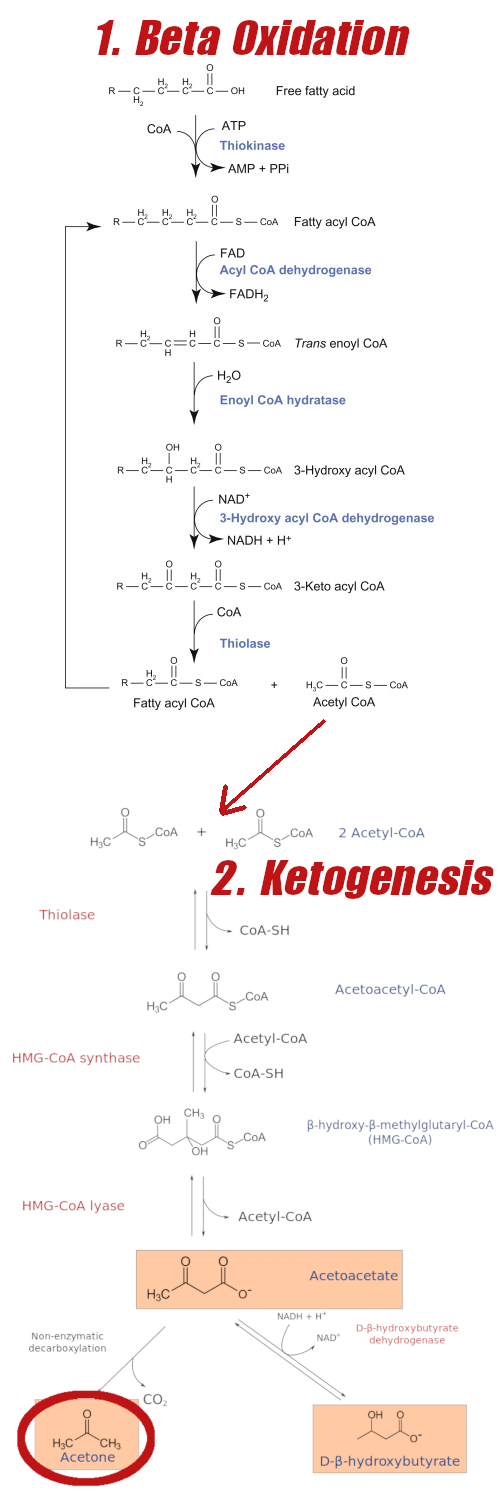
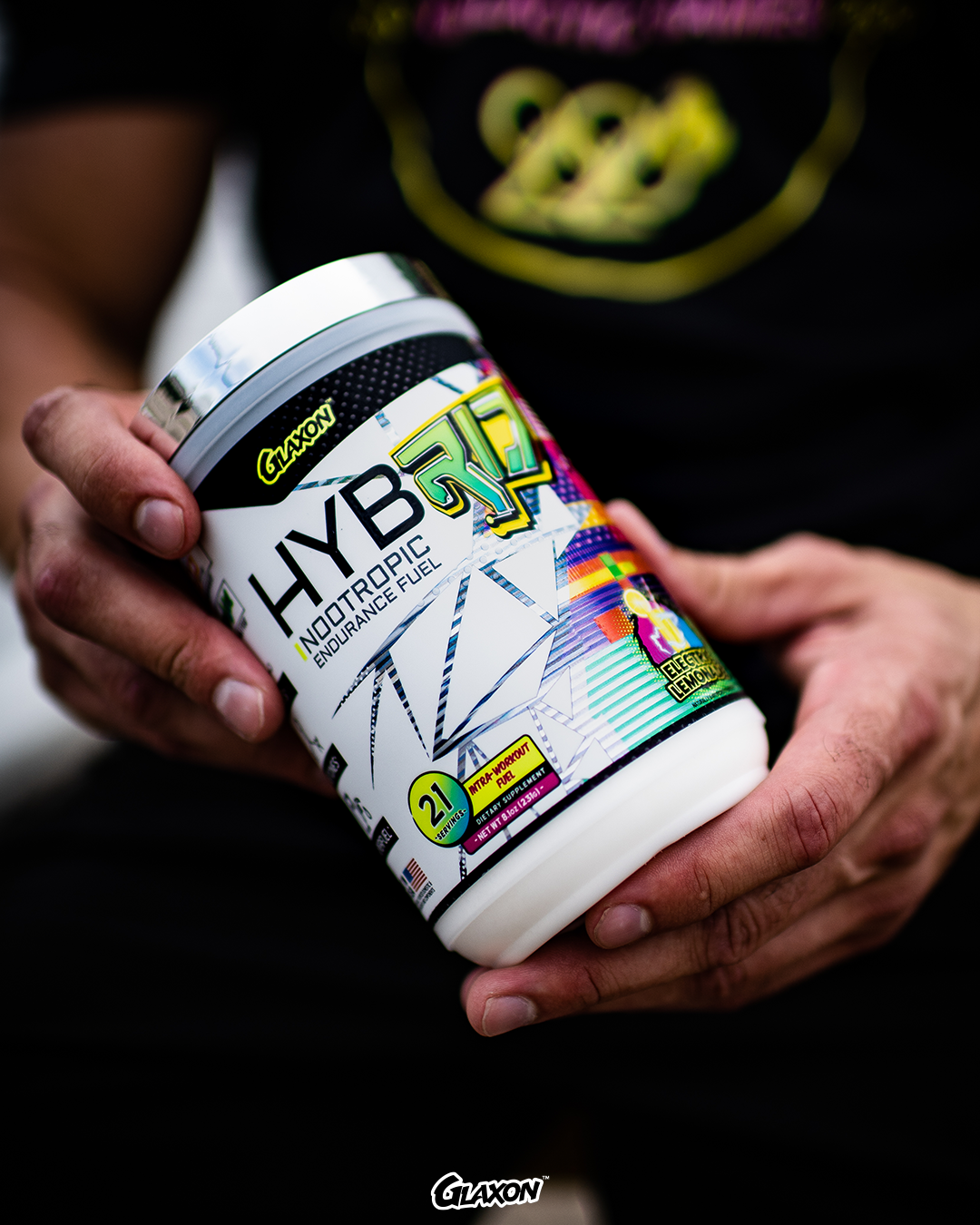


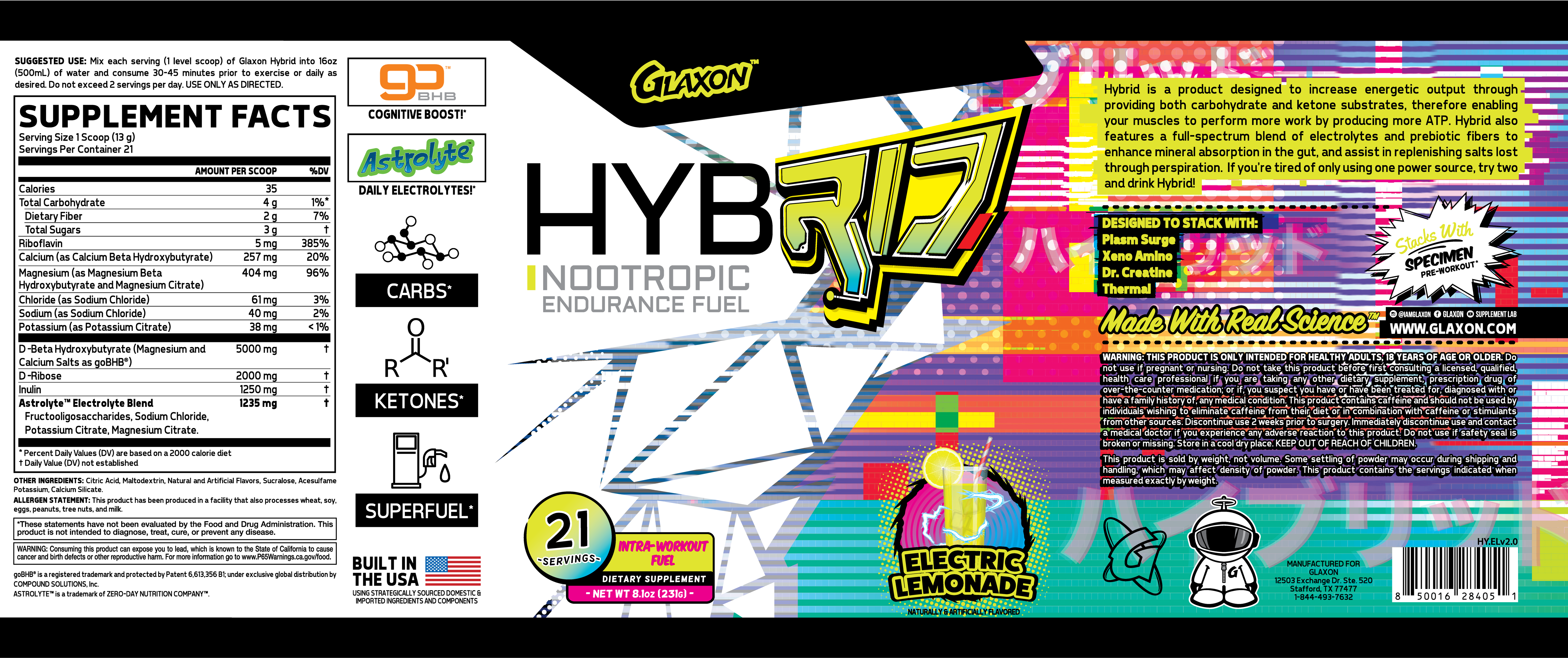





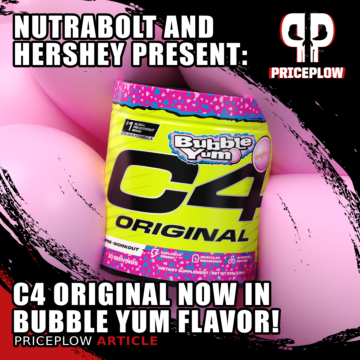
Comments and Discussion (Powered by the PricePlow Forum)